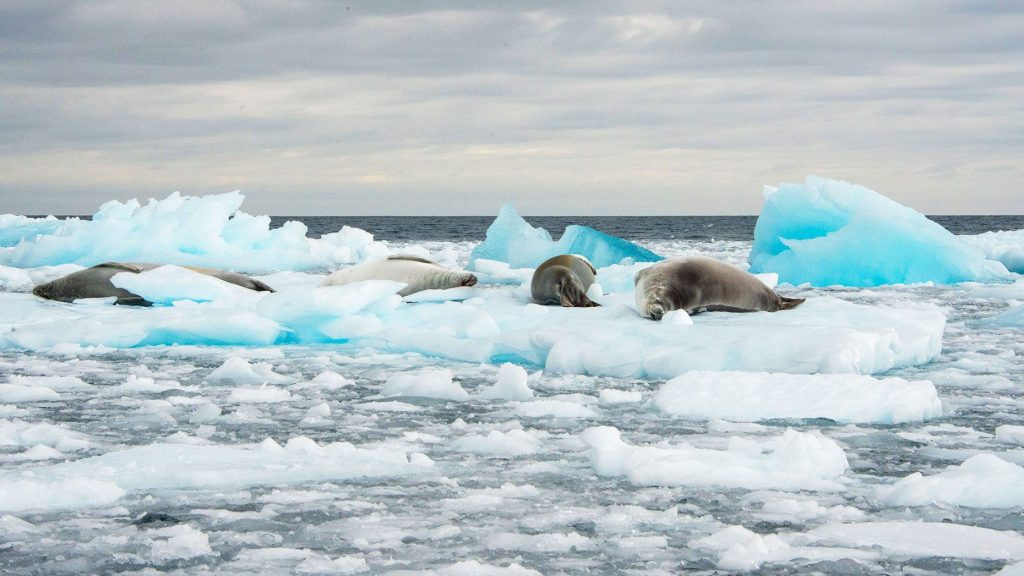
Weddell seals sun themselves on a chunk of sea ice near Palmer Station, Antarctica. (Photo by Dan Lowenstein, © Woods Hole Oceanographic Institution)
Glaciers, ice sheets, and sea ice are essential parts of Earth's climate system. These frozen ocean regions reflect incoming solar radiation, help stabilize global temperatures, and contain most of the planet's fresh water. Although they are located in remote areas, changes in polar ice can have significant global impacts, influencing sea-level rise, atmospheric conditions, and ocean circulation patterns.
Glaciers and ice sheets form on land from compacted snow over thousands of years and can flow slowly toward the sea. Sea ice, on the other hand, forms directly from ocean water, floating on the surface and expanding or shrinking with the seasons. Depending on its age and chemical makeup, sea ice may appear smooth or jagged, It supports life in polar regions.
Researchers examine ice formations, movement, and melting to assess their responses to a warming climate using satellite data, field measurements, and under-ice technologies.
All Topics on Frozen Ocean
Glaciers & Ice Sheets
Glaciers are large ice masses created by snowfall that has transformed into ice and compressed over the course of many years. An ice sheet is a mass of glacial land ice extending more than 20,000 square miles.
Sea Ice
Sea ice is frozen seawater floating on the surface of the ocean. Sea ice is formed entirely in the ocean, unlike icebergs, which originate from land-based sources like glaciers and ice sheets.

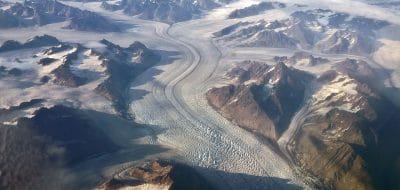
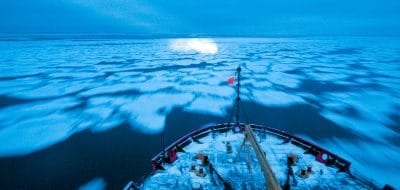
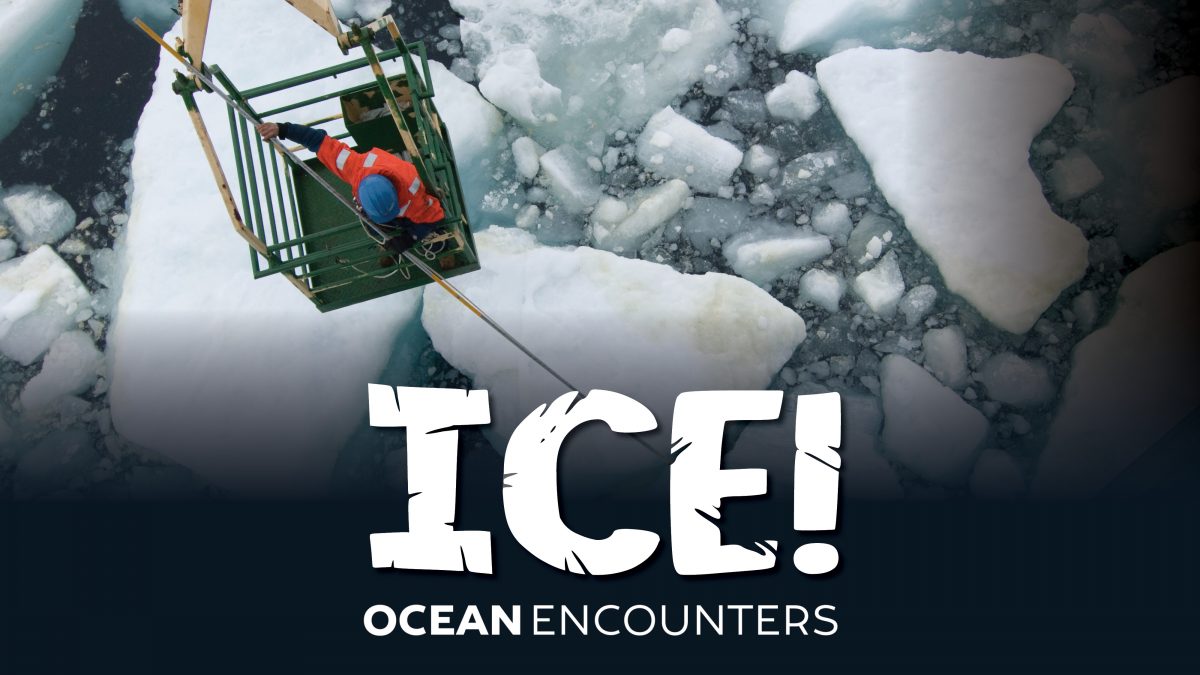
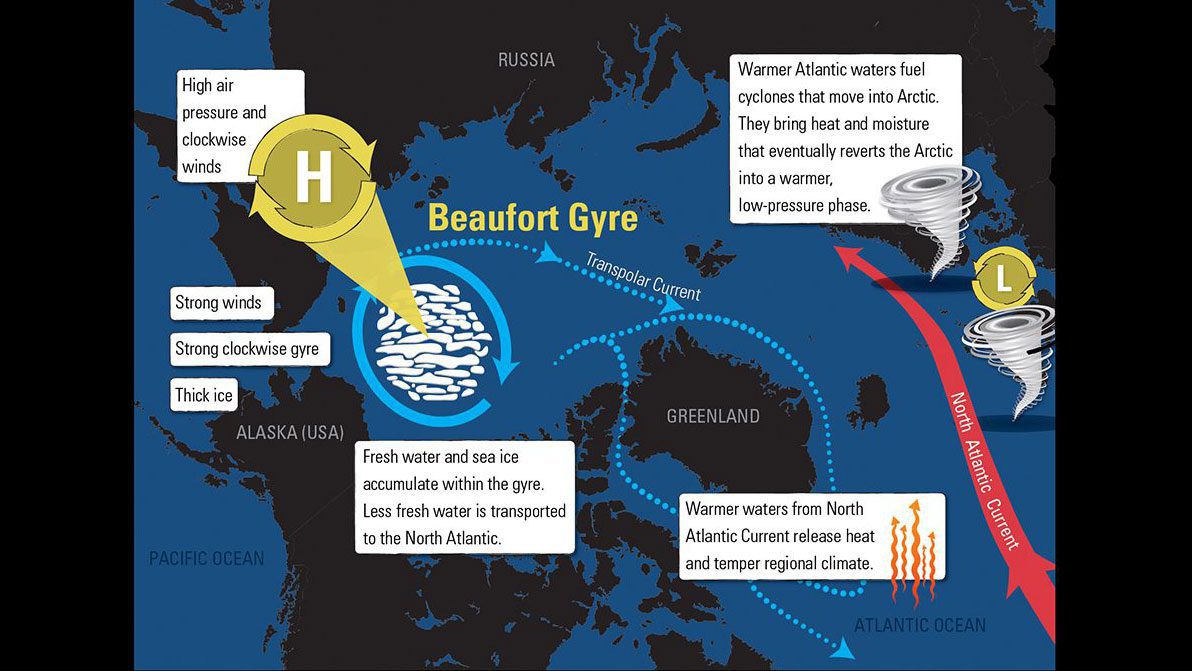
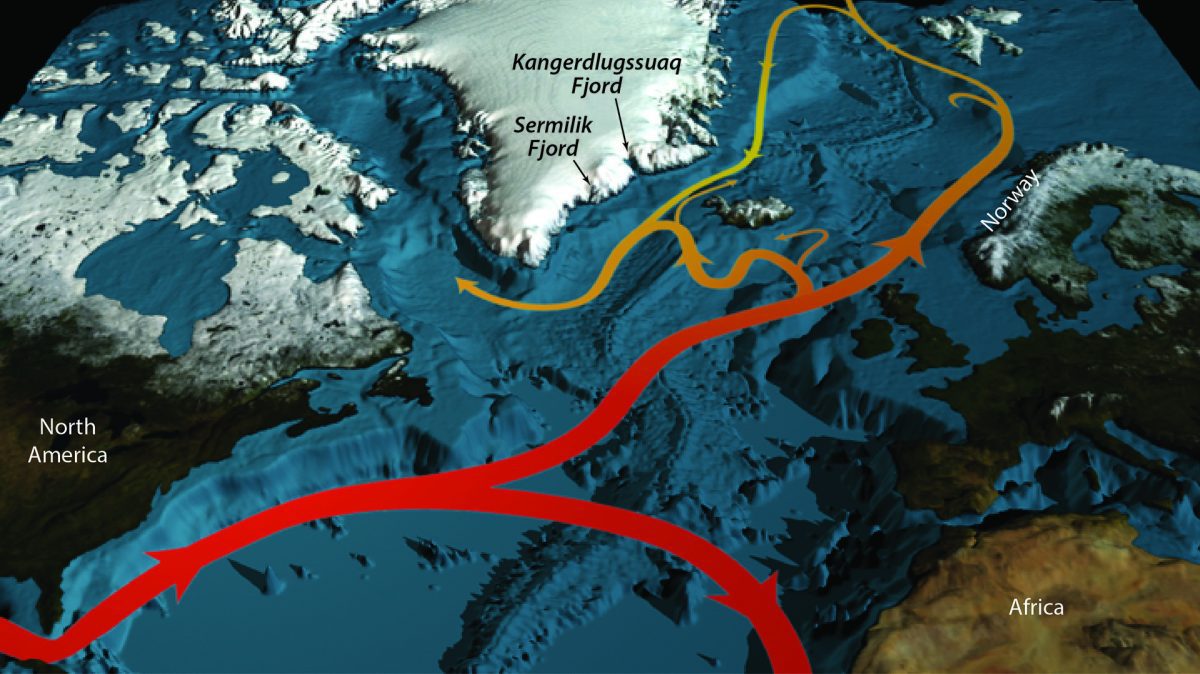
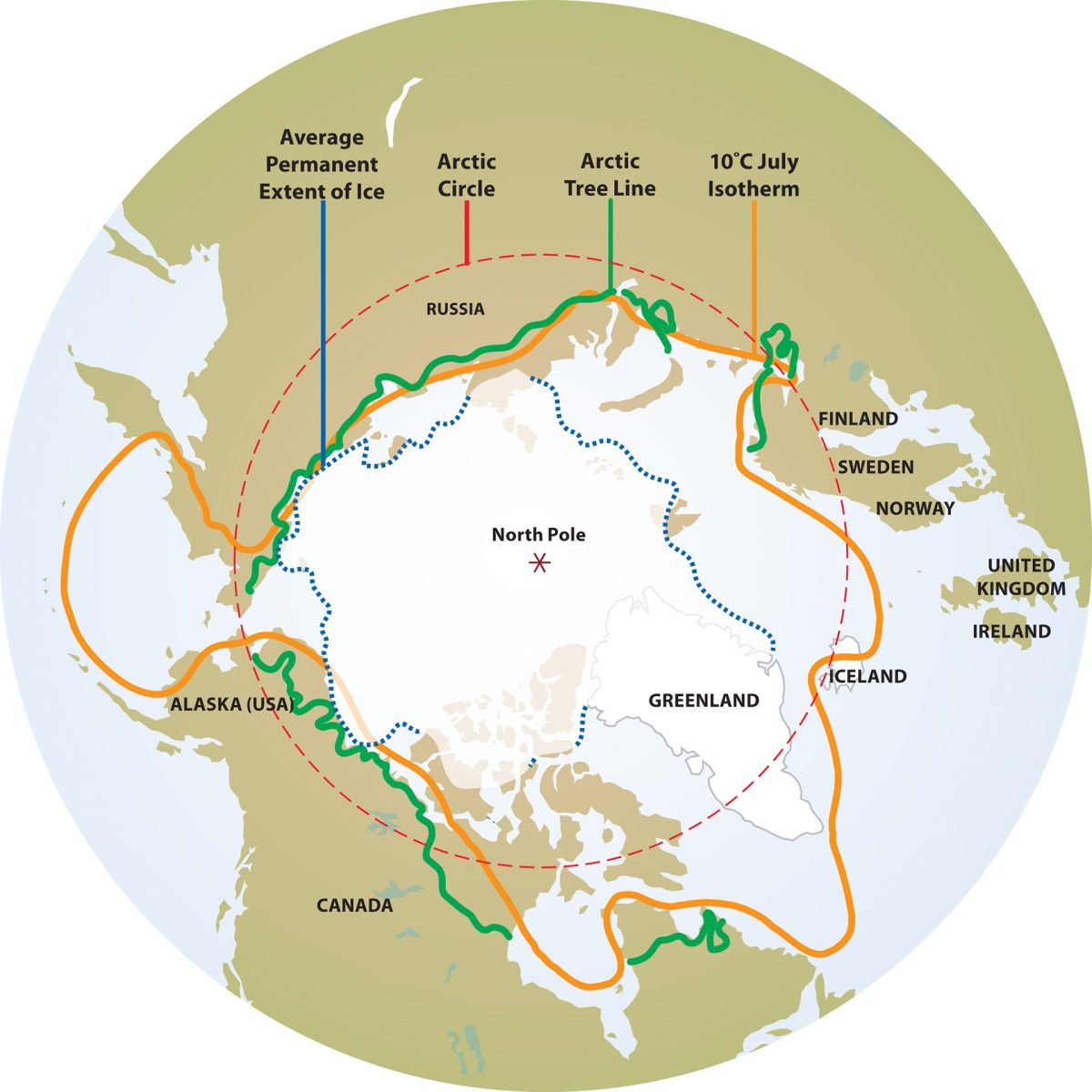
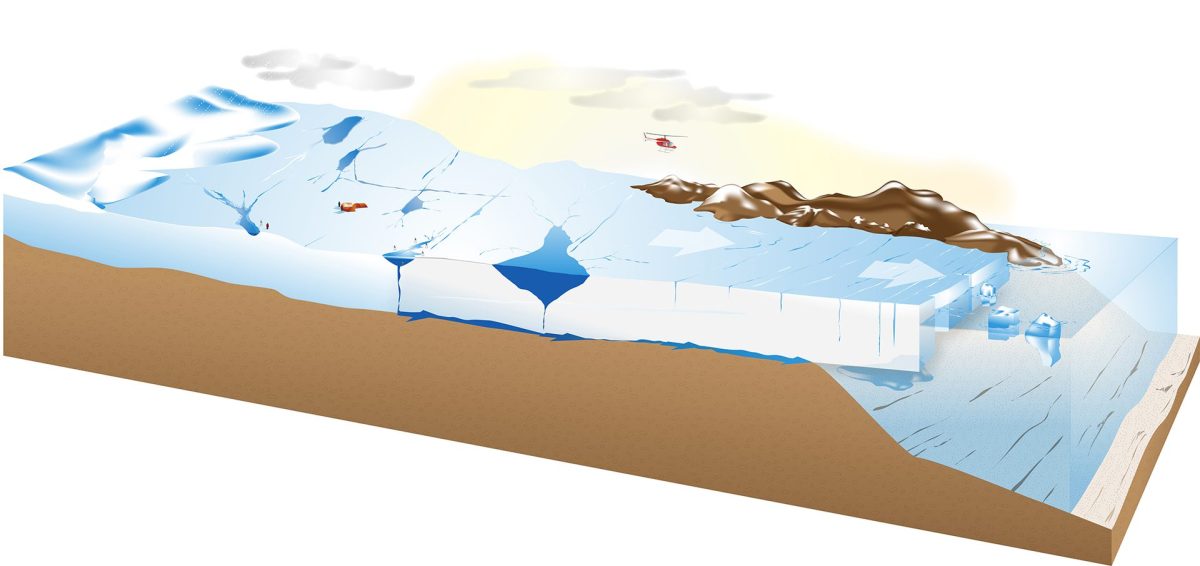
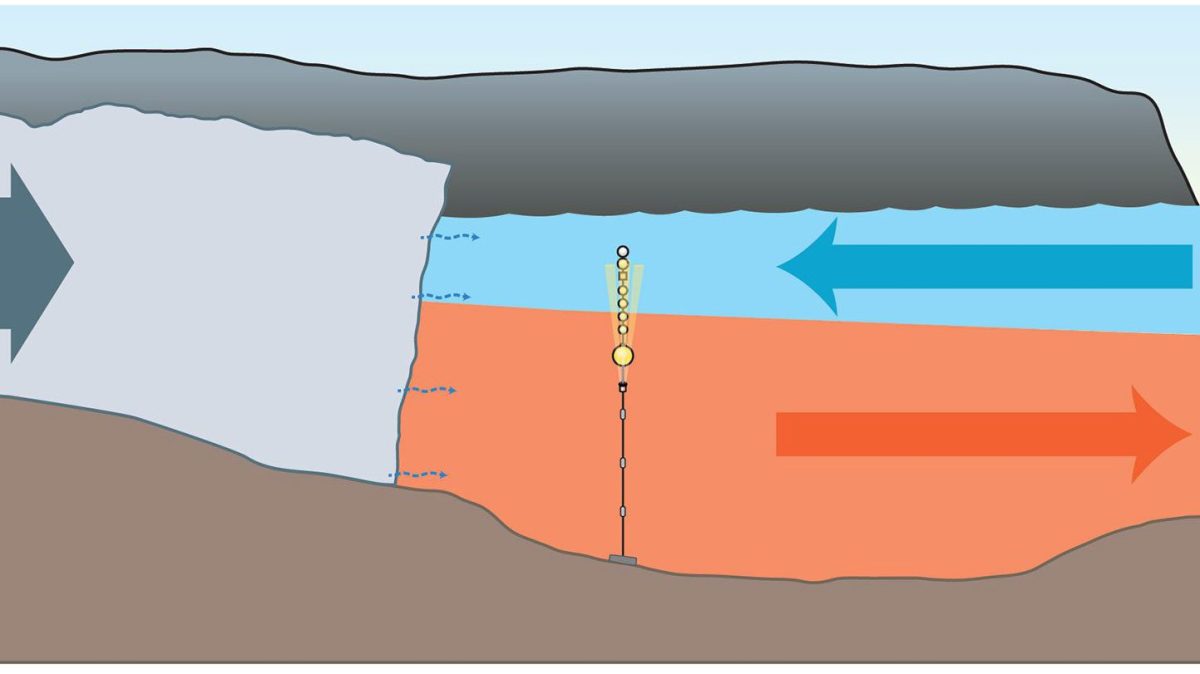
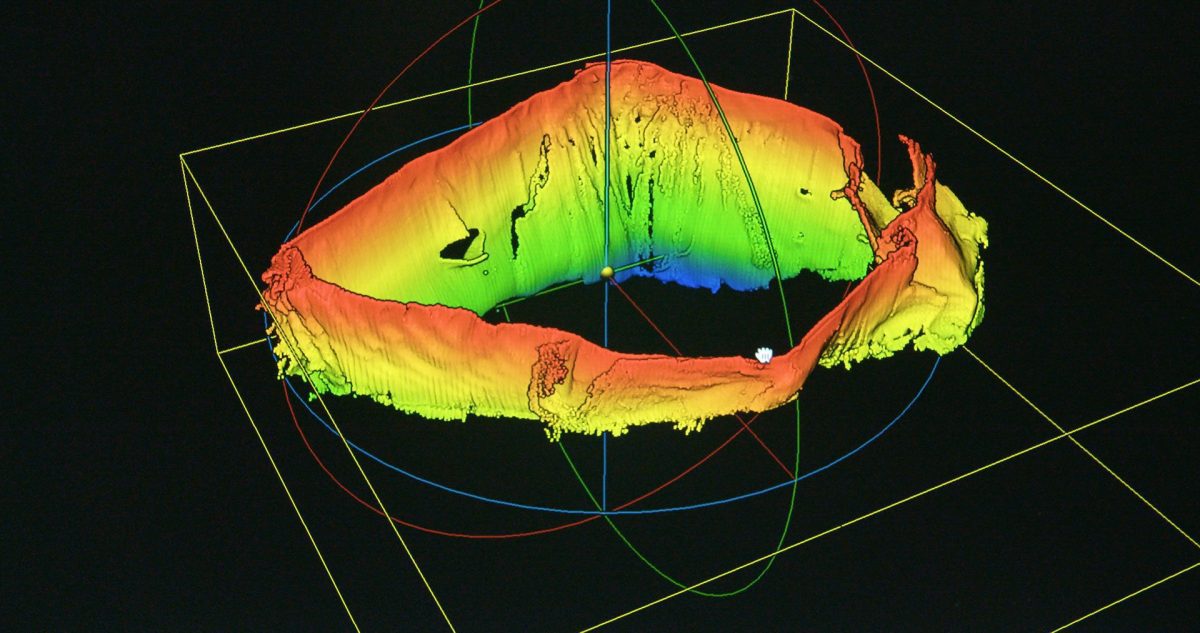
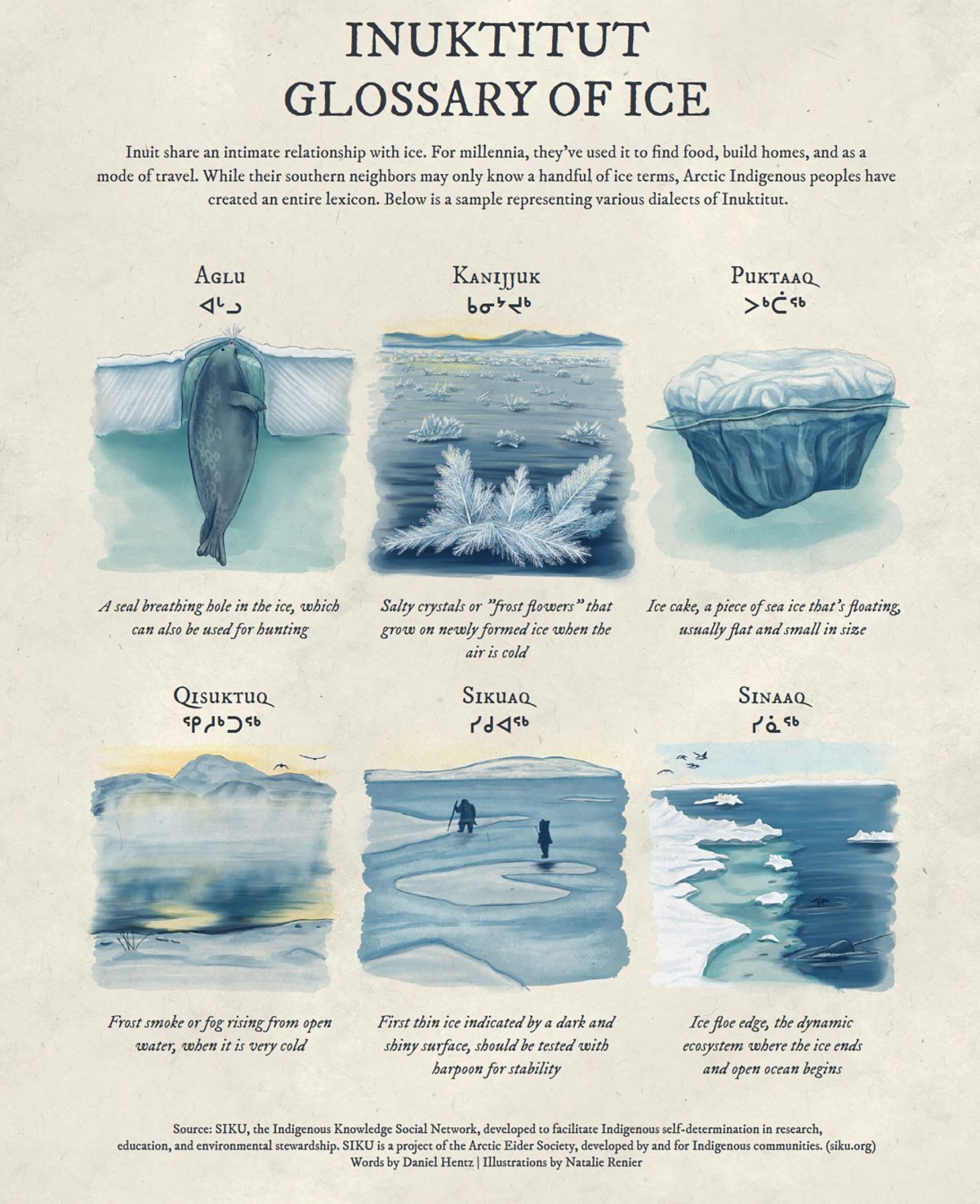
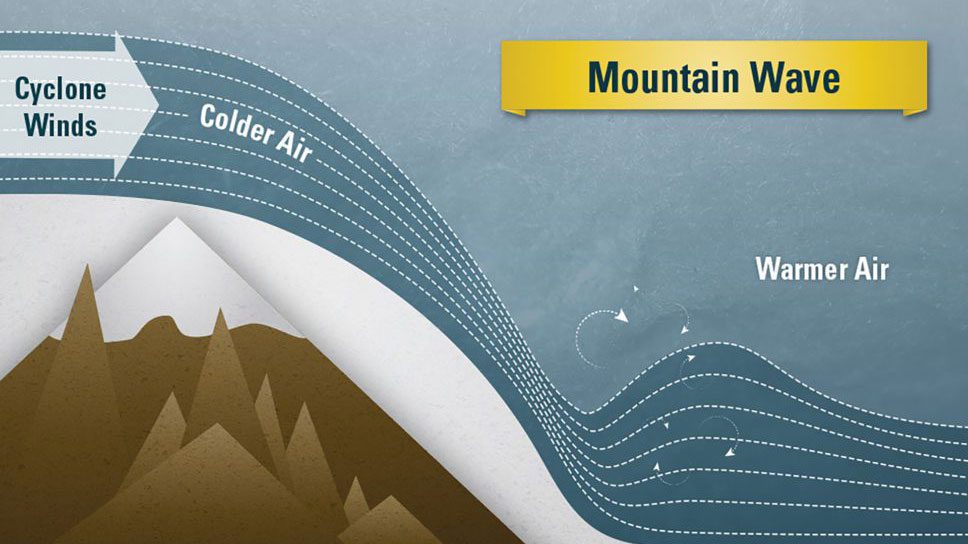
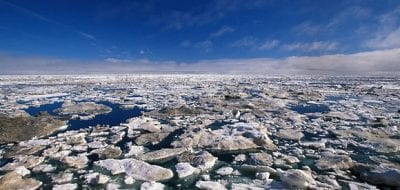
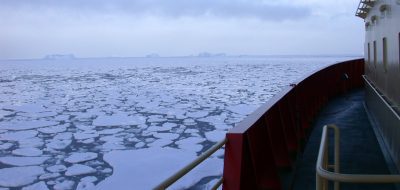
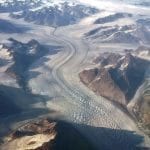 Glaciers & Ice Sheets
Glaciers & Ice Sheets 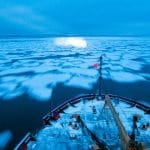 Sea Ice
Sea Ice